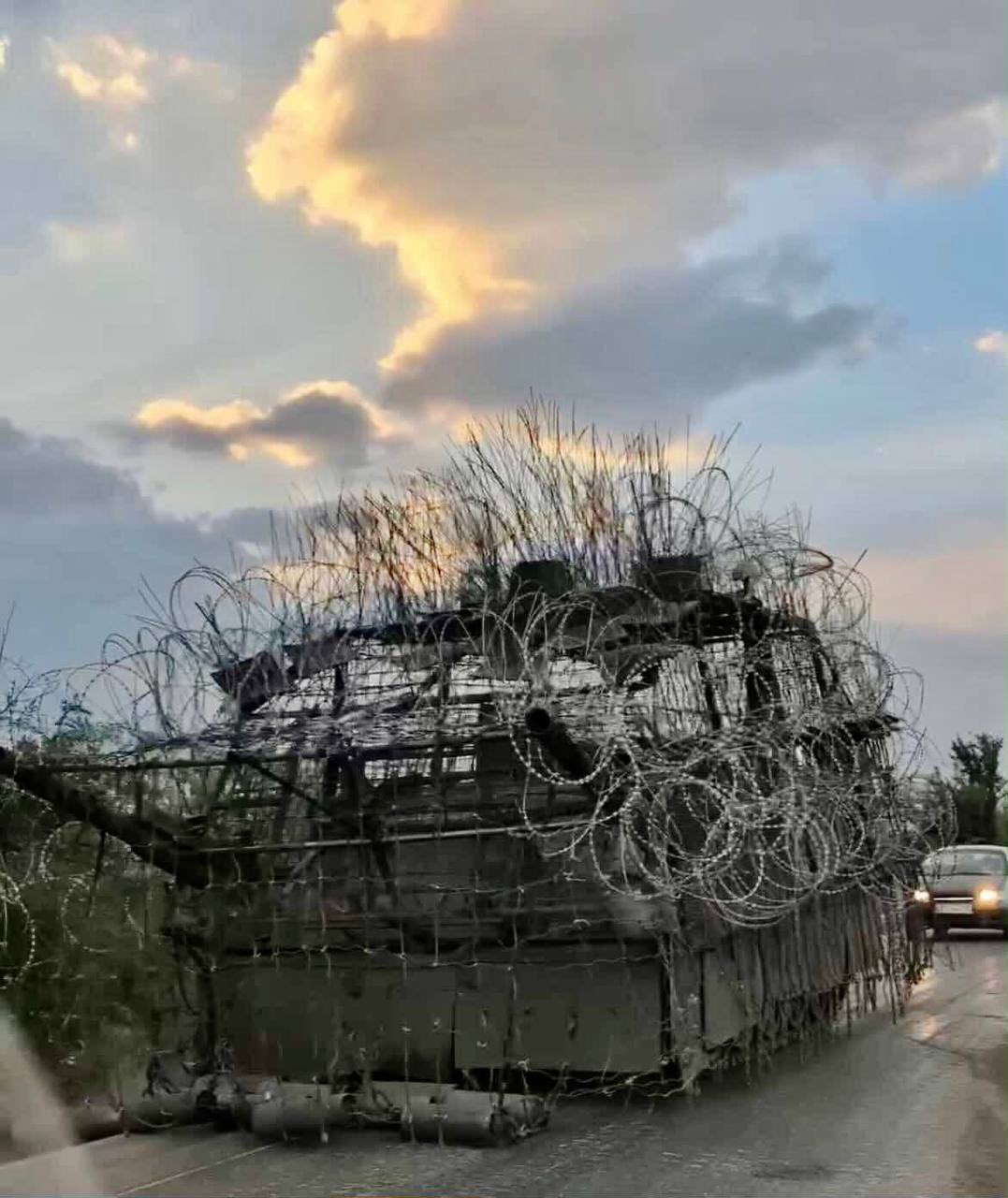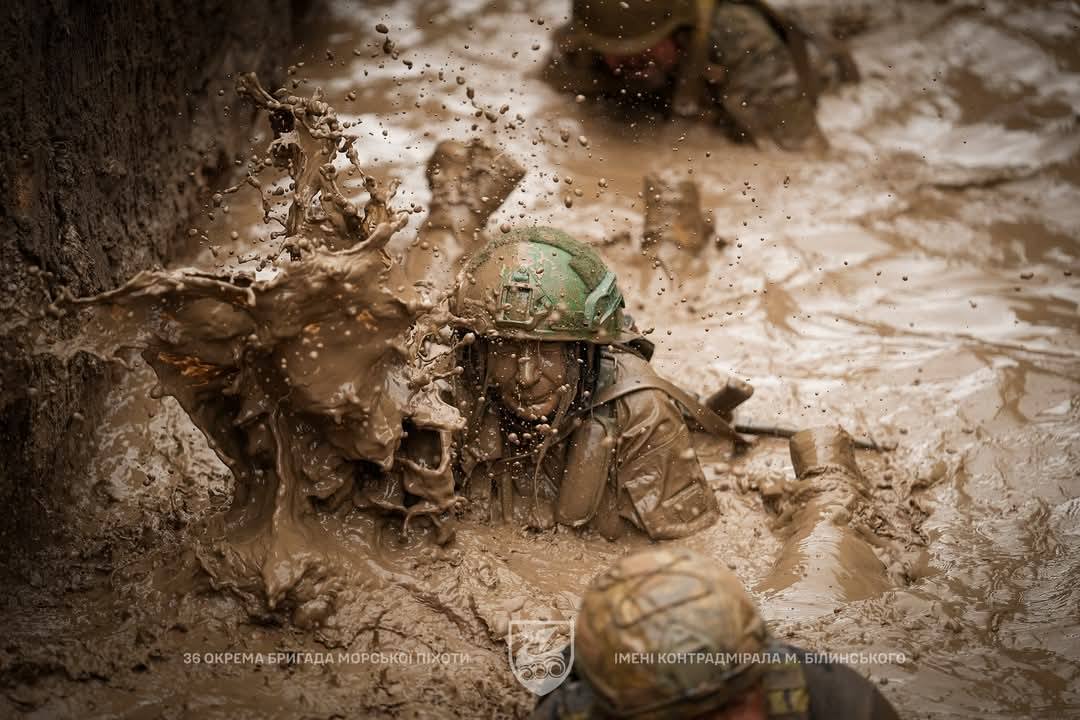- 29 Russian vehicles attacked north of Pokrovsk on Monday
- Half survived, potentially enough to land a substantial infantry force
- It's possible up-armored "turtle tanks" were the key to the high survival rate
- Turtle tanks can shrug off drones, helping Russian assault groups get through
Under the cover of rain and clouds, no fewer than 29 Russian vehicles attacked Ukrainian positions northeast of the fortress city of Pokrovsk on Monday morning.
A clutch of Ukrainian brigades, including the 33rd and 93rd Mechanized Brigades, assisted by the 1st Azov Corps and the Unmanned Systems Forces, knocked out more than half of the vehicles with mines, drones, and artillery, and scattered the infantry who managed to dismount.
Losing half of a battalion-size assault group would be catastrophic for any other military. For the Russian military, it may actually represent a victory of sorts. It's possible enough infantry survived the assault to find covered positions and create a lodgement for eventual reinforcements.
If those reinforcements arrive in time, the Russians may be able to consolidate their new positions and create opportunities for future advances. "The levels of success from this attack will become clearer in the coming days," AMK Mapping noted.
The Monday assault, apparently involved some of the five Russian marine brigades and regiments that rushed toward Pokrovsk this summer, was "one of the most massive in recent times," the 1st Azov Corps reported.
The assault targeted Ukrainian positions northeast of Pokrovsk, where the Russians are struggling to hold onto a salient they carved out of Ukrainian lines in August. That salient, bending northwest toward the village of Dobropillia, is—or was, until recent Ukrainian counterattacks—Russia's best chance to encircle Pokrovsk from the north.
If—or when—Pokrovsk falls, the Russian Center Grouping of Forces will have a clearer path toward Kramatorsk and Sloviansk, the last major free cities in Donetsk Oblast.
Too many turtles
Notably, according to the 1st Azov Corps, there was an unusually large number of up-armored "turtle tanks" among the 29 Russian vehicles that rolled out on Monday.
Tanks often lead Russian mechanized assaults, absorbing first-person-view drones with their add-on armor, clearing mines with their front-mounted rollers, and firing their cannons to suppress Ukrainian troops.

"The enemy tried to complicate the actions of the defense forces of Ukraine by advancing the equipment in small groups—four to five units—along different routes and at different times," the 1st Azov Corps stated. "The invaders also counted on adverse weather conditions, which would complicate the work of drones. Despite this, their plan was thwarted."
Trending Now
Fifteen of the 29 vehicles were immobilized, according to the 1st Azov Corps.
But perhaps thanks to the large proportion of tanks in the assault, 14 vehicles weren't immobilized—and may have dropped off their infantry passengers in new positions.
It's possible the tanks ate so many drones that there weren't enough drones left over to hit the other armored vehicles trailing behind the tanks, as well as the infantry they landed.
"The clearing of the enemy infantry landing sites continues," the 1st Azov Corps reported.
But if Ukrainian drones and counter-assaults can't clear out these infantry, it could become a problem for the Ukrainian defense north of Pokrovsk.
Experts warned something like this could happen.
“For those mocking armored vehicles and specially turtle tanks and thinking drones are a wunderwaffe that have rendered armor obsolete, take a look at the sheer amount of FPVs that are required to destroy a well-up-armored tank,” analyst Jompy wrote.
There are recent examples of Russian turtle tanks shrugging off dozens of drones before succumbing.
“It’s not about how many dollars a tank costs versus a drone,” Jompy added. “It’s about how many targets drone-intensive defenses can take out before being overwhelmed.”



